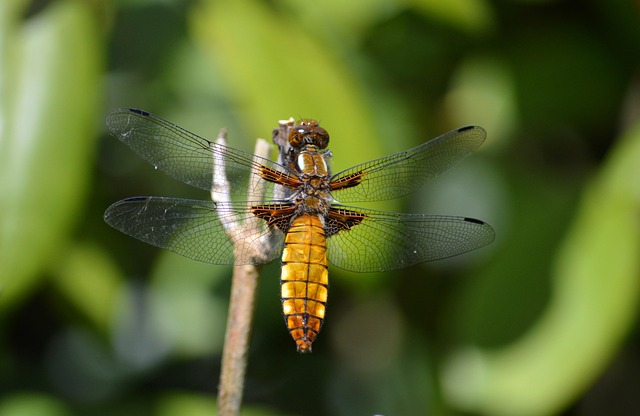Full bikini waxing temporarily halts hair growth by targeting the active anagen phase, leading to slower regrowth and potentially reduced hair density. Results vary, influenced by wax quality, technician skill, skin/hair traits, hormones, and post-wax care. Proper post-care, including exfoliation, hydration, and avoiding irritants, can extend waxing intervals and reduce future hair growth.
“Curios about the lasting effects of bikini waxing? This guide explores whether this popular beauty treatment can truly reduce hair regrowth over time. From understanding the science behind hair growth to uncovering the long-term benefits of a full bikini wax, we delve into what makes it a potential game-changer for smooth, maintained skin.
Additionally, we’ll examine factors that impact regrowth and essential care tips to maximize the benefits of reduced hair growth after waxing.”
Understanding Bikini Waxing and Hair Growth Cycle
Bikini waxing is a popular beauty treatment that involves removing hair from the bikini area. It’s important to understand how this process interacts with the natural hair growth cycle to grasp its potential long-term effects on regrowth. Hair grows in phases, typically following a cyclical pattern known as the anagen, catagen, and telogen phases. During the anagen phase, hair actively grows; catagen is a transitional period where hair stops growing, and telogen is the resting phase before hair falls out to make way for new growth. A full bikini wax removes the hair from its root, targeting the anagen phase. Over time, repeated waxing may temporarily shorten the anagen phase, resulting in slower regrowth and potentially reducing the overall density of hair in the treated area. This effect can create the illusion of reduced hair regrowth between waxings.
Long-Term Effects of Full Bikini Waxing
Many women wonder if bikini waxing can offer a long-lasting solution for hair reduction in that area. While it’s true that regular full bikini waxing may seem like a time-consuming and painful procedure, it could indeed lead to reduced and finer hair regrowth over time. The repeated removal of hair at the root disrupts its natural growth cycle, causing the hairs to become thinner and lighter.
However, results can vary from person to person. Some individuals might experience significant hair thinning after consistent waxing sessions, while others may notice only minor differences. It’s also important to remember that over-waxing or improper techniques can lead to skin irritation and damage, so it’s crucial to consult a professional and maintain a healthy skin care routine post-waxing.
Factors Influencing Regrowth After Waxing
Several factors influence hair regrowth after a full bikini wax. One key factor is the quality and thickness of the wax used; higher-quality, thicker waxes tend to remove more hair follicles, leading to smoother results and potentially slower regrowth. Another important element is the skill and experience of the technician performing the waxing; a skilled professional can ensure even removal, minimizing damage to the follicle and delaying future growth.
Additionally, individual skin and hair characteristics play a significant role. People with finer or lighter hairs may notice regrowth occurring more quickly than those with thicker, darker hairs. Hormonal factors, including menstrual cycles and overall hormone levels, can also impact regrowth rates. Lastly, aftercare practices, such as exfoliation and hydration, can influence how the skin responds to waxing, affecting both short-term comfort and long-term hair growth patterns.
Maintenance and Care for Reduced Regrowth
After a full bikini wax, proper maintenance and care are essential to encourage slower hair regrowth. Exfoliating the treated area gently with a loofah or soft cloth for a few days post-waxing can help remove any dead skin cells and promote better absorption of aftercare products. Moisturizing is another vital step; applying a high-quality, fragrance-free moisturizer helps to hydrate the skin and reduce irritation.
Additionally, avoiding harsh chemicals and hot showers for a couple of days allows the skin to heal. Consider using cooling gel or an after-waxing product designed to soothe and calm the skin. These steps will not only enhance comfort but also contribute to achieving longer periods between waxings and reduced overall hair regrowth over time with consistent care.
While a full bikini wax can provide temporary hair removal, its long-term effects on regrowth vary. Regular waxing may slow down hair growth over time due to the damage caused to the hair follicle. However, it’s important to note that each person’s experience is unique, influenced by factors like genetics and hair type. Effective maintenance and care after waxing, including exfoliation and moisturization, can further reduce regrowth and promote smoother skin.
